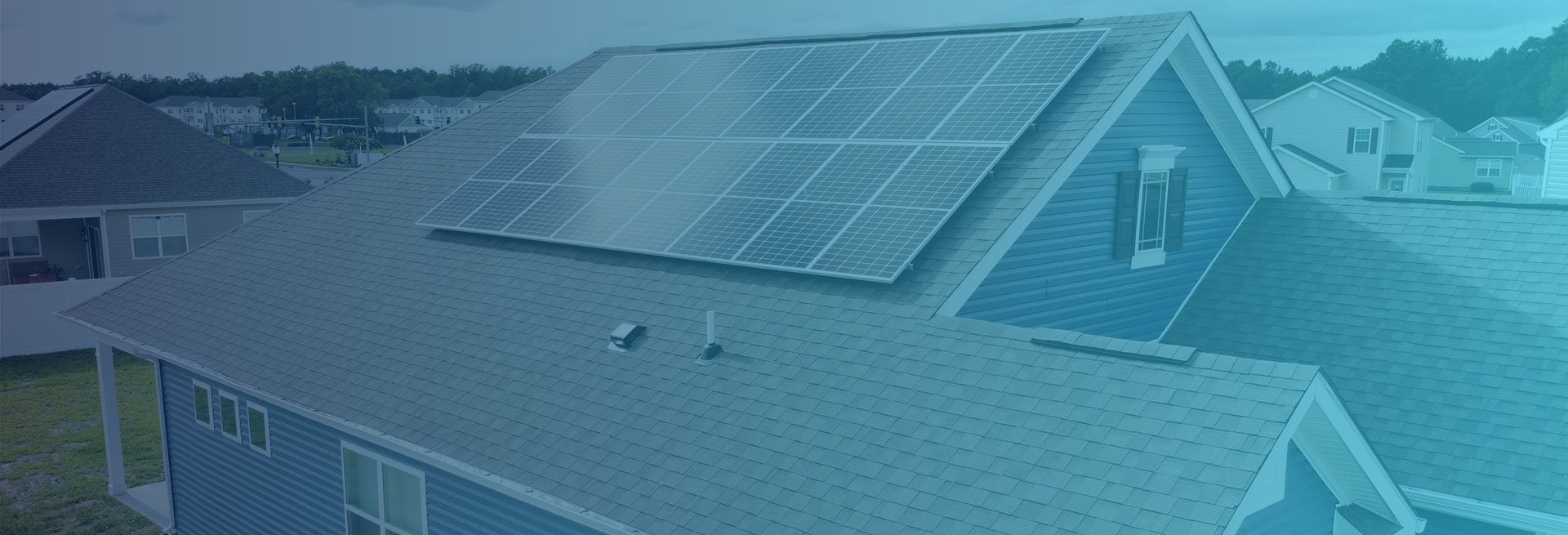
Protect Your Budget From Rising Electric Rates
By installing solar panels at your home, you'll take control of a rising expense and lock in your electric rate for the next 30 years.
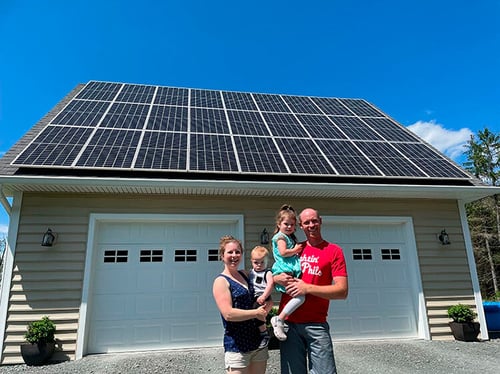
This Is What Our Customers Have To Say
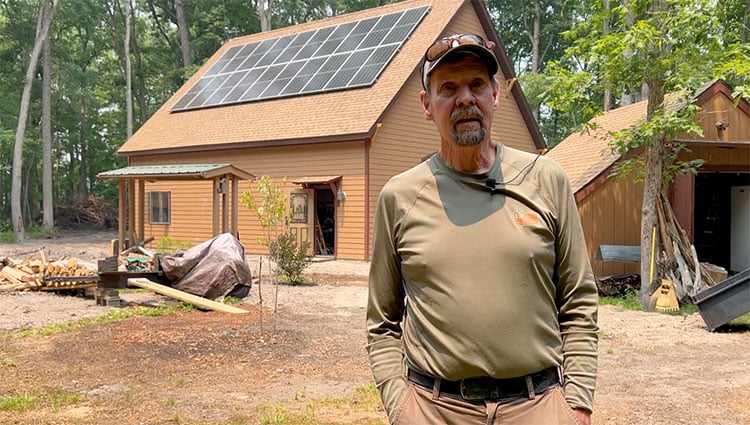
Chris Farlow
Bishopville, MD
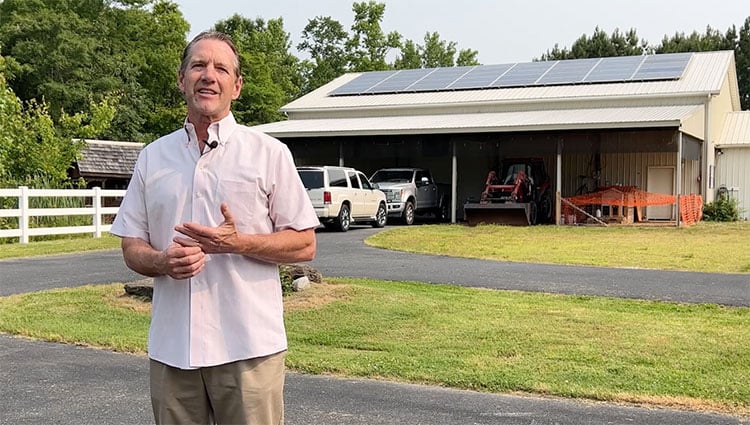
Roger Sansom
Allen, MD
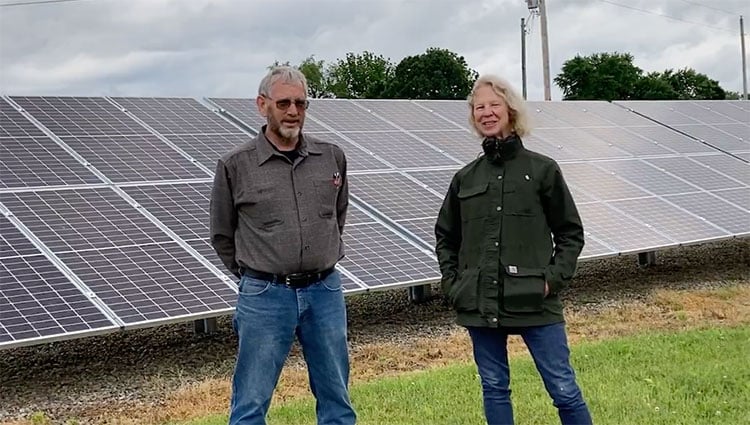
James & Jane Todd
Wooster, OH
Stop Renting Your Electricity
Save More Money
Increase Your Home Value
Be A Difference Maker
We've Helped Hundreds Like You






Why Partner With
Paradise Energy Solutions?

We're Solar Experts

We're Highly Trained
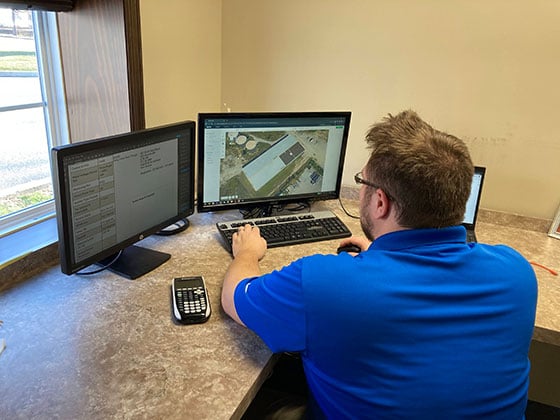
We're A One-Stop Provider
Our Residential Solar Installation Services
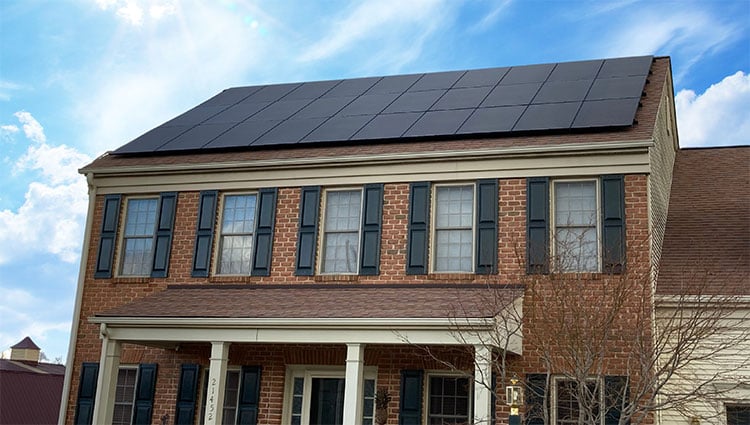
Roof Mounts
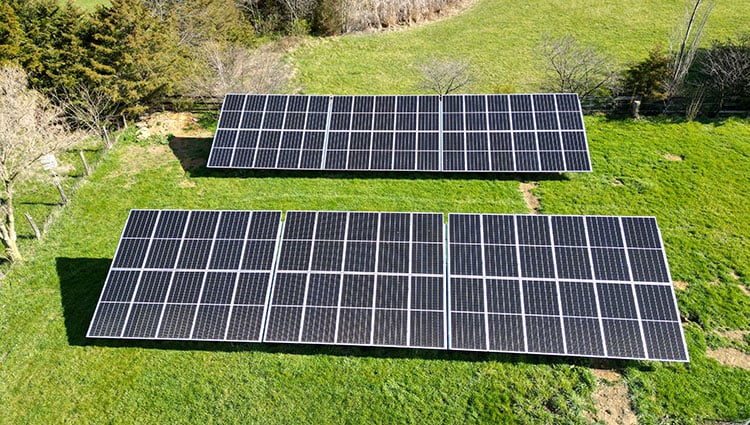
Ground Mounts
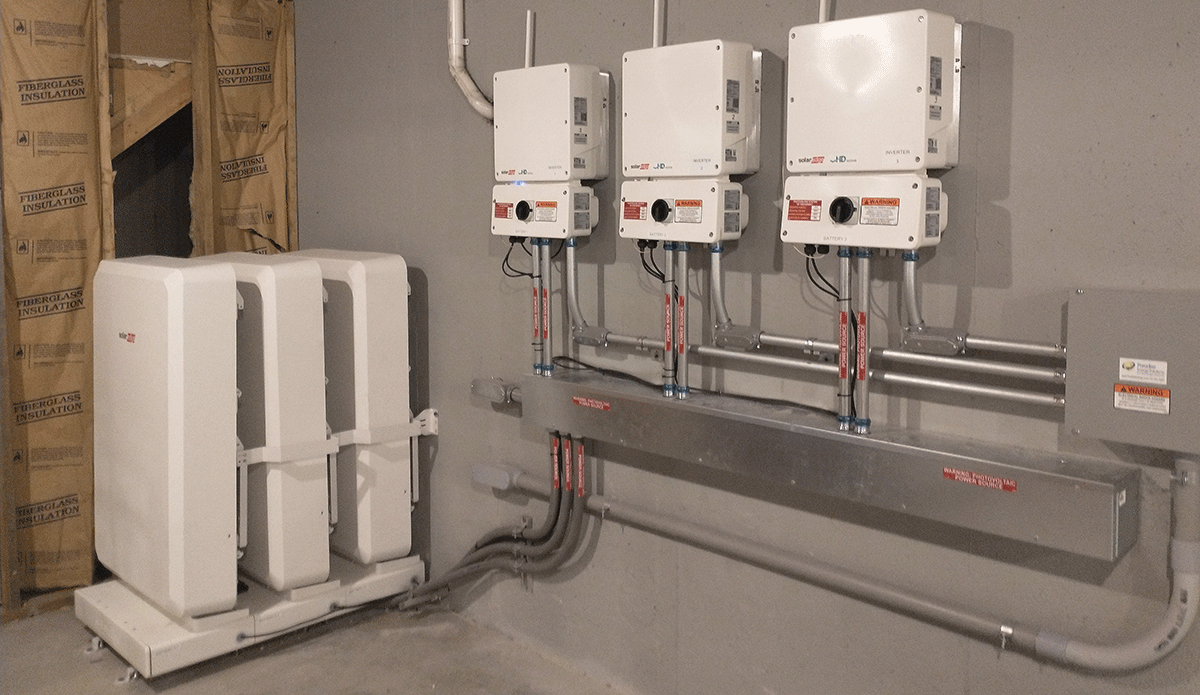
Battery Systems
How It Works
Our Process
Request your custom quote
Have your system installed
Save more of your money

In addition to the standard warranties provided by the equipment manufacturers, our industry-leading Triple Ten Guarantee provides an added layer of security and predictability. With our Triple Ten Guarantee, you receive 10 years of guaranteed solar production, 10 years of system monitoring, and a 10-year workmanship warranty.
-
10-Year Performance Guarantee
-
10-Year System Monitoring
-
10-Year Workmanship Guarantee
-
Plus Additional Warranties From Our Trusted Equipment Manufacturers
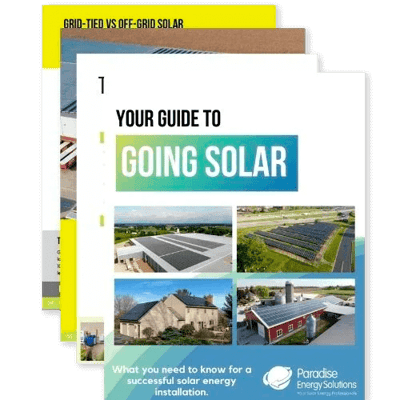
Get Your FREE Home Solar Guide!
Frequently Asked Questions
Who is Paradise Energy Solutions?
Who is Paradise Energy Solutions?
Founded in 2009, Paradise Energy Solutions is a family-owned solar energy company dedicated to promoting responsible stewardship of God's abundant resources, both financial and environmental.
While solar energy is our primary focus, our exceptional team truly sets us apart from the competition. With a founding team of four brothers and over 100 other dedicated staff members, we are committed to helping you make the best investment decisions for your family—even if that means not investing in solar.
How much do solar panels cost?
How much do solar panels cost?
For a rough estimate, most homes typically require a system with a cost ranging from $25,000 to $50,000 before incentives.
Request your custom quote to get an accurate price for your home. If you're not ready for a quote, use our solar investment calculator to get a really close estimate based on your average electric bill and location.
How much maintenance or upkeep is required?
How much maintenance or upkeep is required?
PV solar systems require very little maintenance over their 30-plus-year lifespan. As long as your system is free from faulty components, improper installation, or external damage, you can count on smooth operation without the need for frequent maintenance.
Your panels and inverters come with lengthy warranties from the manufacturers. Paradise Energy adds an additional layer of security with our Triple Ten Guarantee. This guarantees the production and workmanship for the first 10 years.
Here's more on solar panel maintenance.
Do I get enough sunshine for solar panels to work?
Do I get enough sunshine for solar panels to work?
Even when the sky is overcast, your solar panels continue to harness the sun's energy, converting photons into electricity. While they may produce less power on cloudy days compared to sunny ones, rest assured that they are still generating free electricity for you.
Research indicates that even if shadows are present, there is still enough sunlight for energy production. On a partly cloudy day, your system's output might decrease to 75%, but even on the gloomiest of days, it could still generate 10% to 30% of the electricity it would under clear skies.
Furthermore, solar panels are known to be more efficient in cooler temperatures, providing a little extra boost on those cloudy days.
This highlights the importance of partnering with an installer that offers production guarantees, such as our Triple Ten guarantee.
What warranties are included with a solar system?
What warranties are included with a solar system?
Solar panels are equipped with a performance warranty that ensures their efficiency remains above a specified level for 25 to 30 years, depending on the brand. Additionally, they come with a product warranty lasting 12 to 25 years. Inverters also have warranties ranging from 12 to 25 years, based on the brand and type chosen.
Paradise Energy goes the extra mile with our Triple Ten Guarantee, guaranteeing system production for the initial 10 years and addressing any workmanship issues that may arise.
Visit our product warranties blog to learn more.
Can I make money selling solar energy?
Can I make money selling solar energy?
Visit our net metering blog to learn more.
What are Solar Renewable Energy Credits (SRECs)?
What are Solar Renewable Energy Credits (SRECs)?
Visit our SREC blog to learn more and to see how much they are selling for.
What tax incentives are available for residential solar?
What tax incentives are available for residential solar?
Homeowners have the opportunity to benefit from a 30% federal tax credit that can help reduce the taxes you owe. It's important to note that this credit is not a direct payment but rather a valuable credit that can be utilized if you have sufficient tax liability.
What is Paradise Energy's service area?
What is Paradise Energy's service area?
Our teams from our seven local branch offices at Paradise Energy cover the mid-Atlantic region, offering solar installations and maintenance services in Delaware, Maryland, New York, Ohio, Pennsylvania, Virginia, and West Virginia.